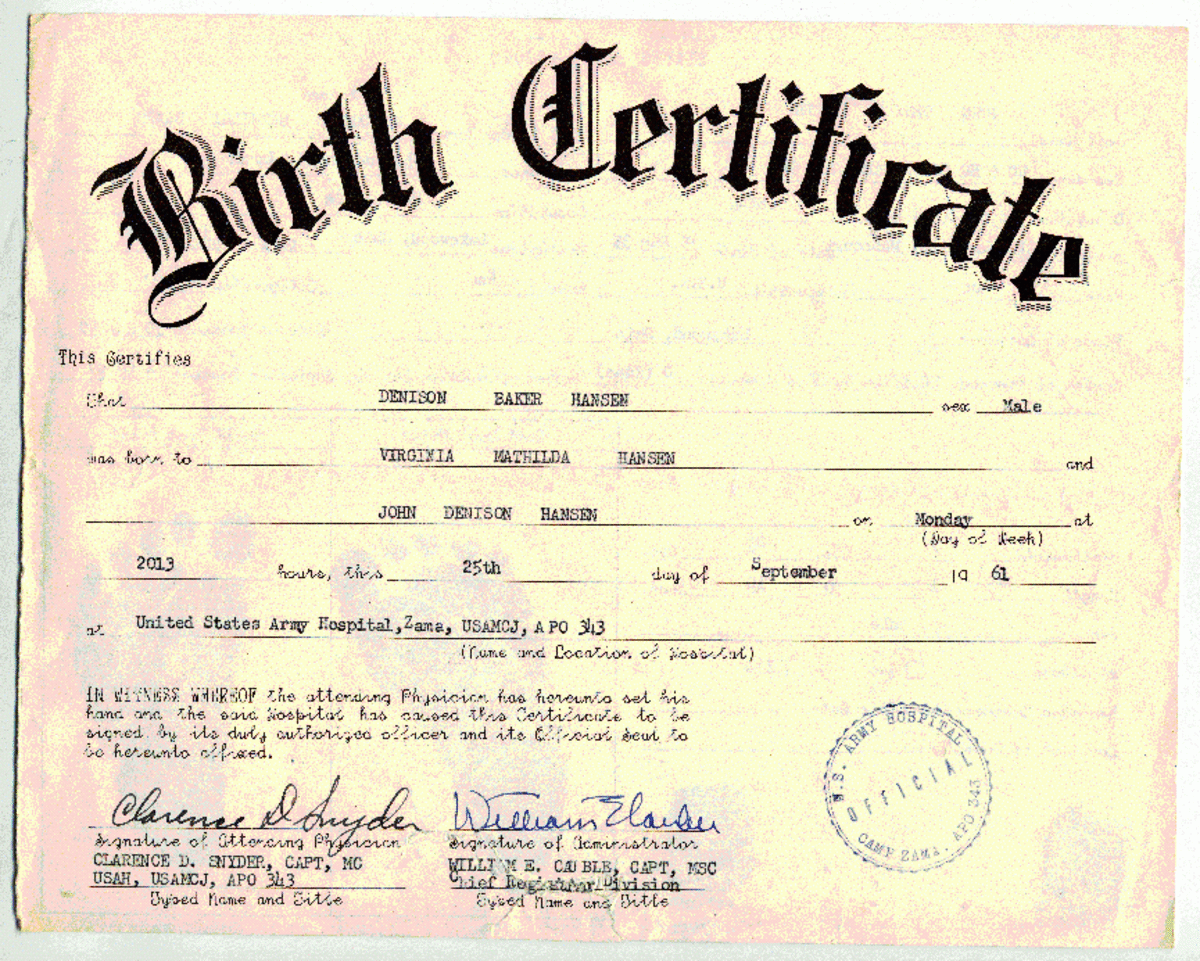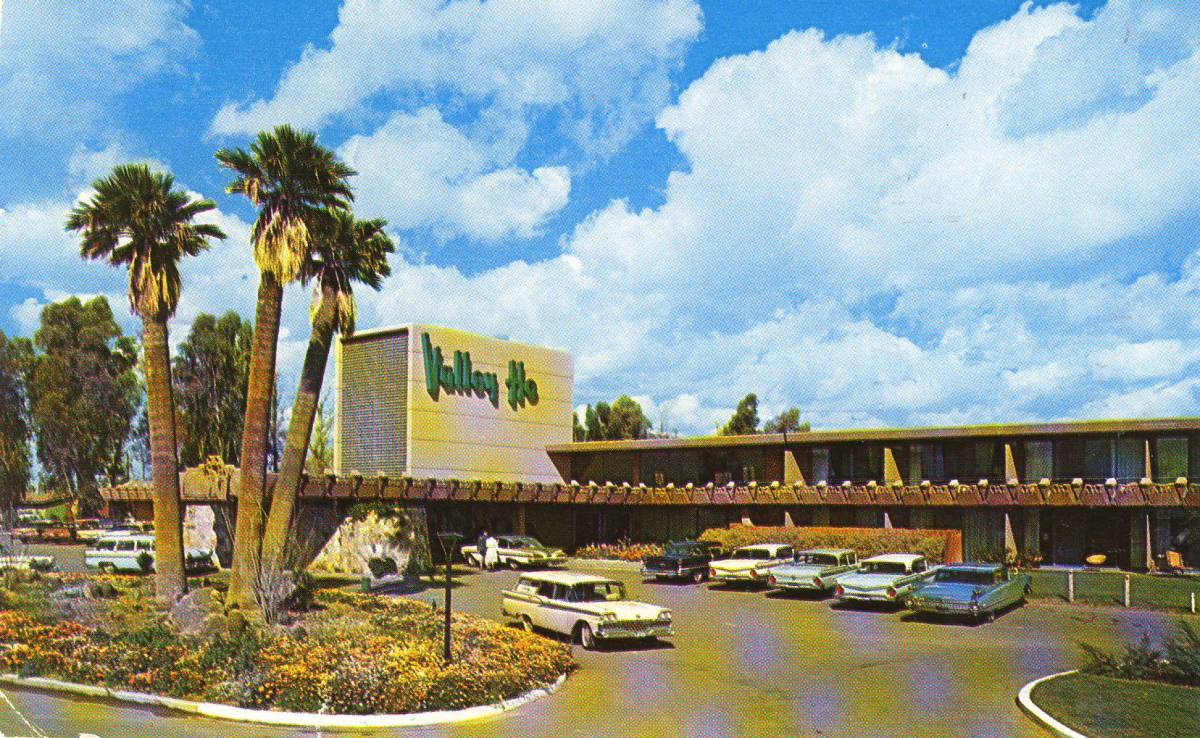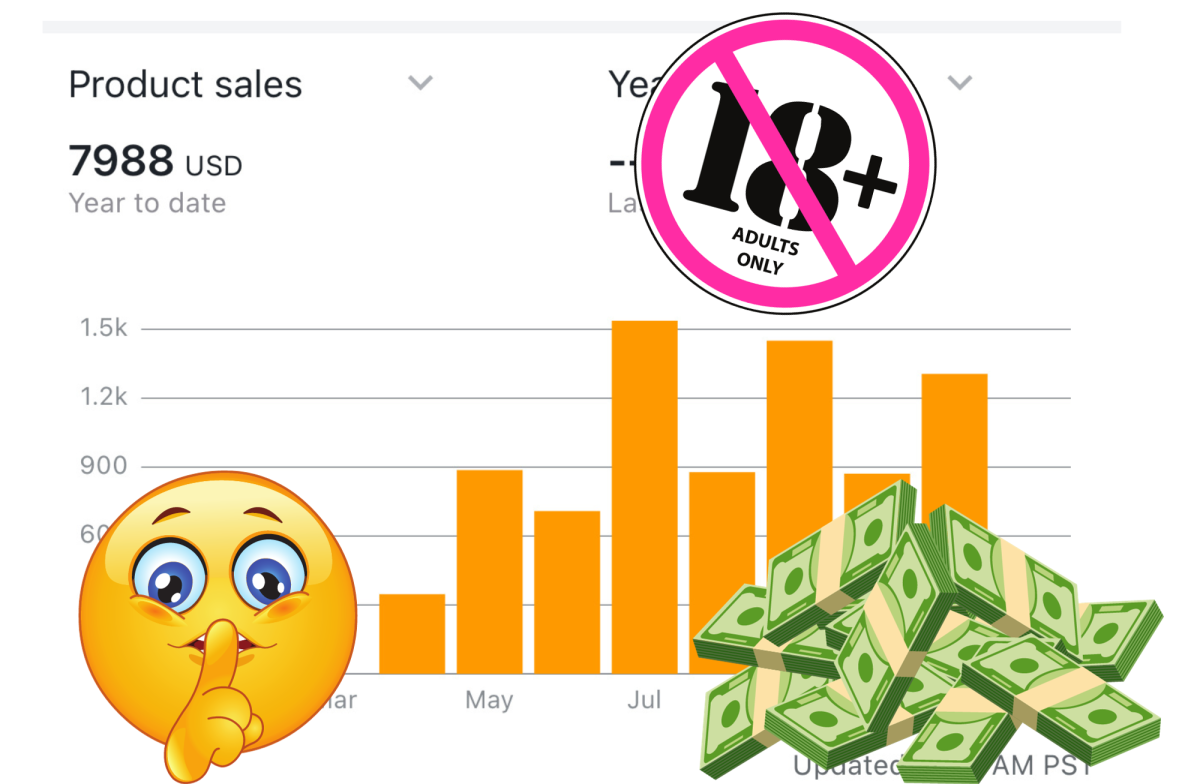What is the Tennessee Valley Authority?
The Tennessee Valley Authority is a corporation owned by the U.S. Government. It provides electricity for utility and business customers in most of Tennessee and parts of Alabama, Mississippi, Kentucky, Georgia, North Carolina and Virginia. This area consist of 80,000 square miles with a population around 9 million. It makes no profit or receives taxpayer money. The operating cost is funded by sales of electricity to its customers. The prices charged are typically below the national average. Having a corporation owned by the Federal Government is unusual to say the least and probably is something most Americans do not realize. The unique thing about this corporation is that it is funded by selling electricity to its customers not taxpayer dollars. The principle involved here is unique in how the operating costs are covered.
The Tennessee Valley Authority was created under President Franklin Roosevelt in 1933. The formal creation was established by the TVA Act signed into law on May 18, 1933. President Roosevelt wanted to create a corporation clothed with the power of government but possessed of the flexibility and initiative of a private enterprise.
The mission of this corporation is to serve the Valley through energy, environment and economic development through integrated resource management. The values include safety, integrity and respect, honest communication, accountability, teamwork, continuous improvement and flexibility. These are important qualities for any organization. The TVA has a rich history with its beginning during the depression and it has endured many changes and challenges. There have been several some of which are discussed in the subsequent paragraphs. The problems encountered were studied in the broadest context with each one weighed in relation to the others.
In its beginning the TVA developed fertilizers, taught farmers how to improve crop yields, helped replant forests, control forest fires, and improve habitat for wildlife and fish. These were important challenges before this agency in the 1930’s. The electricity generated by the TVA drew industries into the region which provided desperately needed jobs.
During the 1940’s when electricity was needed for aluminum plants the TVA provided power by engaging in the largest hydropower construction programs ever undertaken in the United States. Part of this involved the construction of 12 hydroelectric projects and a team plant under construction at the same time. This involved jobs for 28,000 individuals at this time in our history.
In the 1950’s TVA completed a 650 mile (1,050-kilometer) navigation channel the length of the Tennessee River and had become the nation’s largest electricity supplier. In 1959 congress passed legislation to make the TVA power system self-financing and from then on it paid its own way. This is a great thing when a corporation owned by the government pays its own way without the need to taxpayer dollars. In the 1960’s TVA began building nuclear plants as a new source of economic power to meet the demands for the expanding the needs for electricity.
In the 1970’s and 1980’s with tight economic times and an international oil embargo and energy demand dropping TVA canceled several nuclear plants, as did other utilities around the nation. In the 1990’s to become more competitive, TVA began improving efficiency and productivity while cutting costs. By the late 1980s, TVA had stopped the rise in power rates and paved the way for a period of rate stability that would last for the next decade. It cut operating costs by nearly $800 million a year, reduced its workforce by more than half, increased the generating capacity of its plants, stopped building nuclear plants, and developed a plan to meet the energy needs of the Tennessee Valley region through the year 2020.
Since the 1990’s the TVA has had changes in the way it is managed but it is constantly looking for ways to be cost effective. The values as mentioned above include such principles as the safety of their employees and the public they serve. They also place importance on treating each other with integrity and respect. This includes placing value on everyone and everyone’s work. This is an important aspect of their values as an organization. The remaining principles of honest communication, accountability, teamwork, continuous improvement and flexibility are important as can be seen in the name of the principles involved.
The TVA has a wide history since its inception in 1933 and continues to serve a wide area with electricity. Just the scope and size of the area the TVA maintains as a source of electricity is something to be recognized. It is an example of what our country can do when the need arises. We have great talent and ingenuity and these are not always met with encouragement and support. Sometimes individuals have great ideas to solve the many problems which surface our country and the world but we as individuals are sometimes slow to understand and support the ideas.
The history of the Tennessee Valley Authority encompasses too much information to be included in this article. More information about TVA can be found on the New Deal web site which has good information about the depression period. To find specific information on TVA search the site for TVA electricity for all. One last point to make is that the Tennessee Valley Authority is an organization of which we can be proud for what it has done in the past and what it is doing in the present. The importance of our energy resources can be seen in the efforts of the TVA in providing to its customers the energy they need every day.







